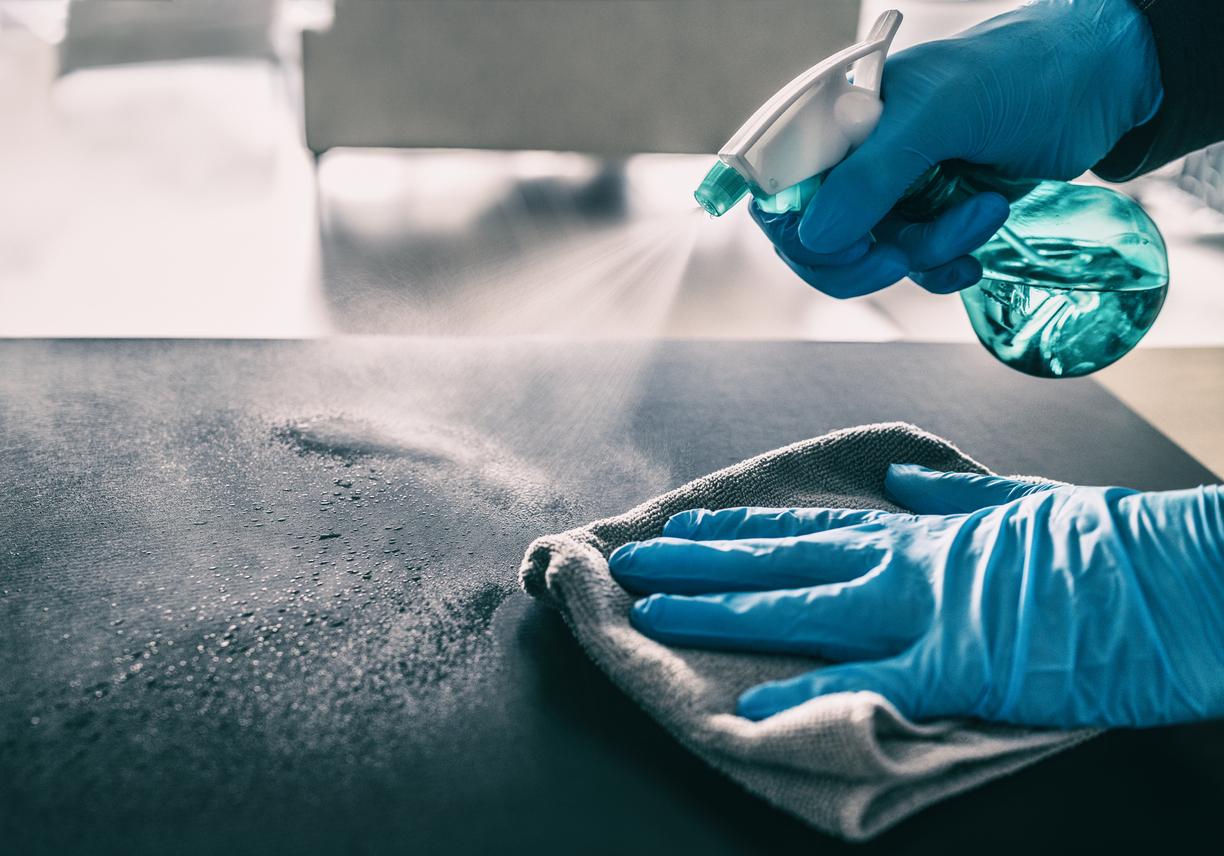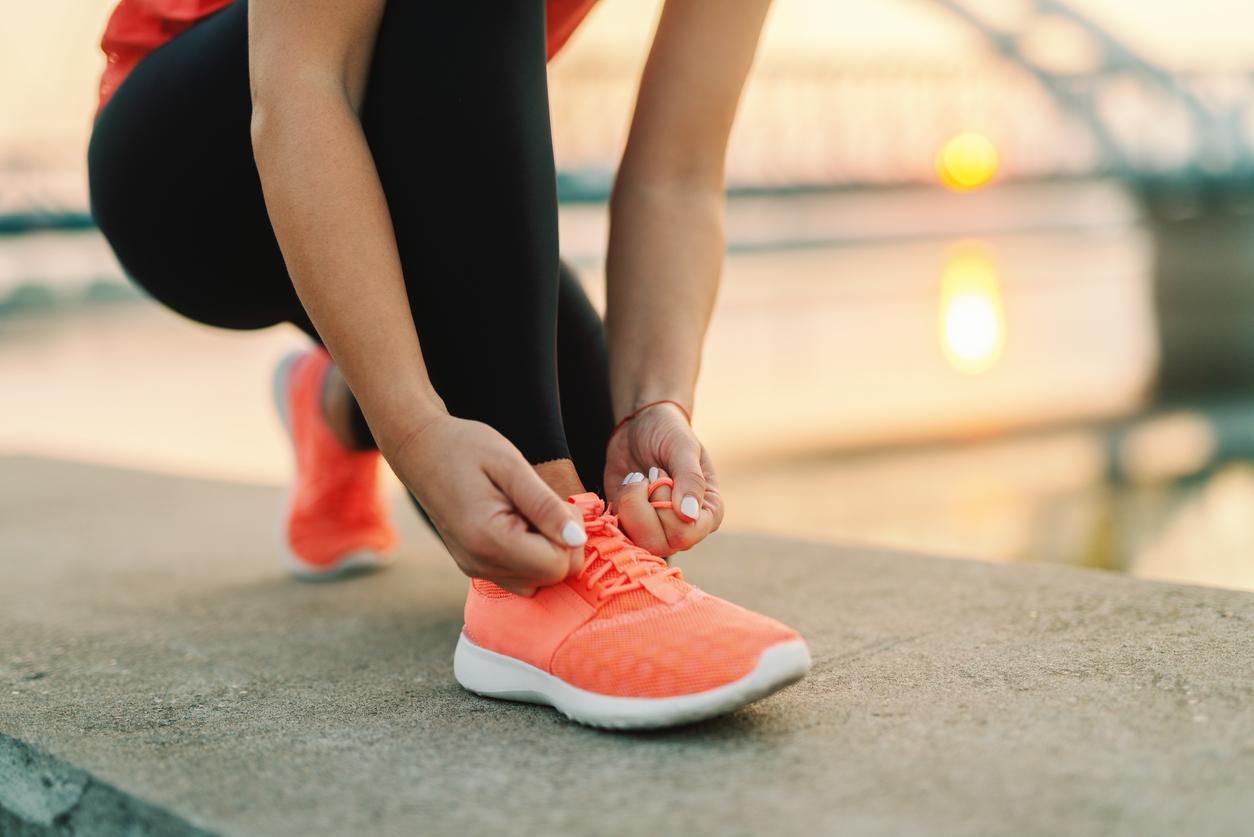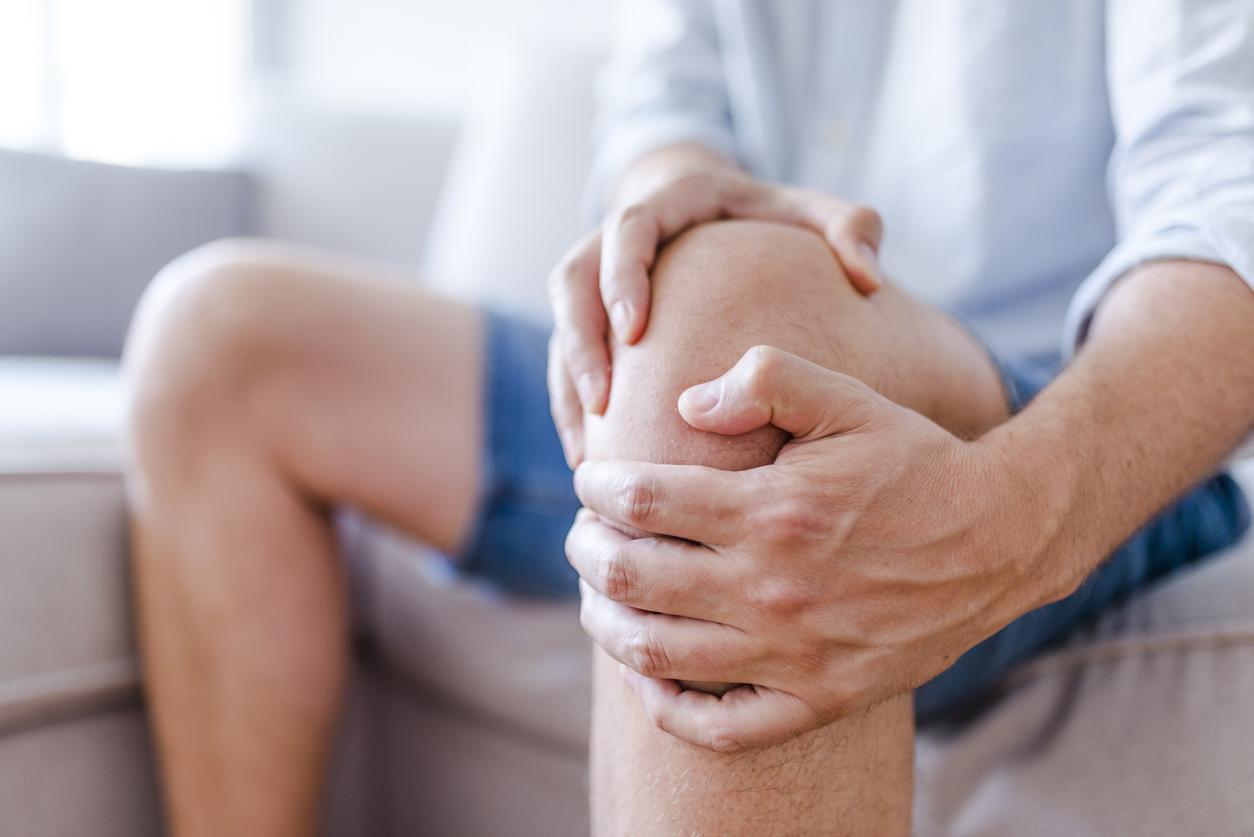
September 5, 2007 – Despite their growing popularity, outdoor trampolines are of great concern to members of the Canadian Pediatric Society and the Canadian Academy of Sports Medicine. In a recently published document, they go so far as to advise against its use.
According to the authors of the report1, the trampoline is a “high risk” activity that is said to cause more hospitalizations in children than any other sport activity including snowboarding and downhill skiing. “Even though a lot more young people ski, there are almost as many injuries for both activities,” says Dr.r John Philpott, one of the co-authors of the study and vice-president of the Canadian Academy of Sports Medicine.
In 2003, there were 680 cases of trampoline-related injuries among children. From 1990 to 1998, the number of injuries almost quadrupled, from 149 to 557.
And these numbers could be even higher since they only combine data from 14 hospitals2. “Our study does not take into account all the clinics where we treated trampoline-related injuries, or accidents at school or in a sports center,” he adds.
The danger: falls on the trampoline
Surprisingly, performing acrobatic figures or stunts is not the main cause of injury. “The majority – more than half – are related to falls when the child slips or falls on the trampoline itself,” says Dr John Philpott, also a pediatrician. And if several children are on the trampoline at the same time, the risk of injury increases considerably, he adds.
Adopting safety measures, such as parental supervision or the installation of netting, would have little impact in preventing injury. “Home supervision is a very delicate matter since parents do not all have the same limits on the degree of risk that their children can take. What we fear is that they let go a little of their vigilance when everything is going well, until the moment when they hear a cry and an accident occurs ”, indicates the Dr Philpott.
Fractures and dislocations are the most common injuries, especially those to the upper limbs. Head injuries also occur frequently, as do injuries to the neck and back, the consequences of which can be more serious.
More than just a toy
The Canadian Pediatric Society and the Canadian Academy of Sports Medicine are therefore asking parents not to buy a trampoline for the home. “Our message is one of prevention. We believe that the trampoline should not be considered as a simple toy, because its use can have serious consequences ”, maintains Dr Philpott.
The two associations also want a law to be adopted requiring the posting of a warning on recreational trampolines. Further research should also be carried out on the use of the trampoline in schools, gyms or as part of sports training.
Claudia Morissette – HealthPassport.net
1. To consult the document: www.cps.ca.
2. The data come from the Canadian Hospital Injury Prevention Research and Information System, which brings together 14 hospitals including the Hôpital de l’Enfant-Jésus, the CHU Sainte-Justine and the Montreal Children’s Hospital.

















